Nature’s Own Pharmacy: The Remarkable Healing Ritual of “Anting”
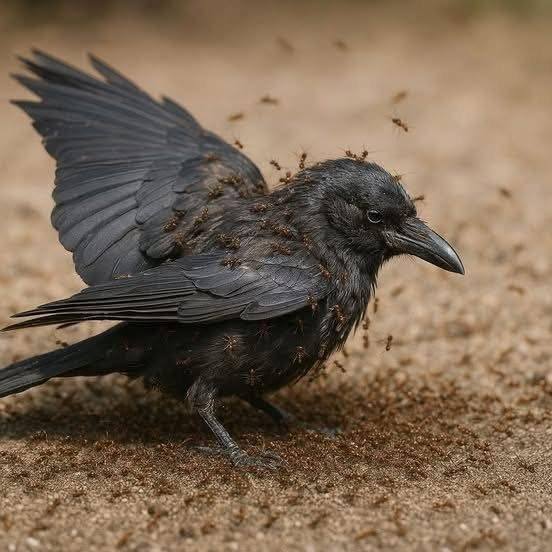
When a crow feels under the weather, it doesn’t seek a veterinary clinic or a prescribed medication. Instead, in a surprisingly ingenious display of natural healing, it seeks out an anthill. This seemingly odd behavior is one of nature’s most fascinating and effective self-care rituals.

Ailing crows, or those simply engaging in routine feather maintenance, will carefully settle atop an anthill, often with wings splayed wide, and sit remarkably motionless. This posture isn’t for relaxation; it’s an open invitation for industrious ants to crawl through their feathers, performing a natural, intricate treatment.
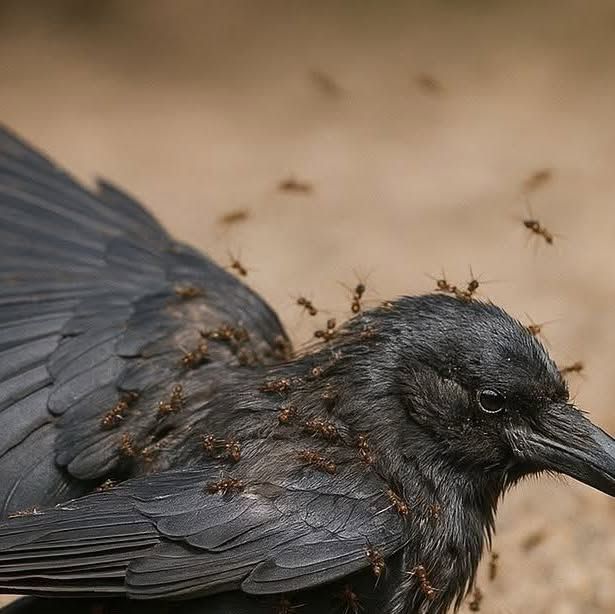
But why would a bird voluntarily subject itself to a swarm of ants? The answer lies in the ants’ potent defense mechanism: formic acid. When disturbed, many ant species secrete this chemical, a natural antiseptic that is highly effective at zapping bacteria, fungi, and a variety of pesky parasites that can lurk unseen within a bird’s dense plumage. It’s essentially a chemical bath, provided by nature, that helps to clean and sterilize their feathers and skin.
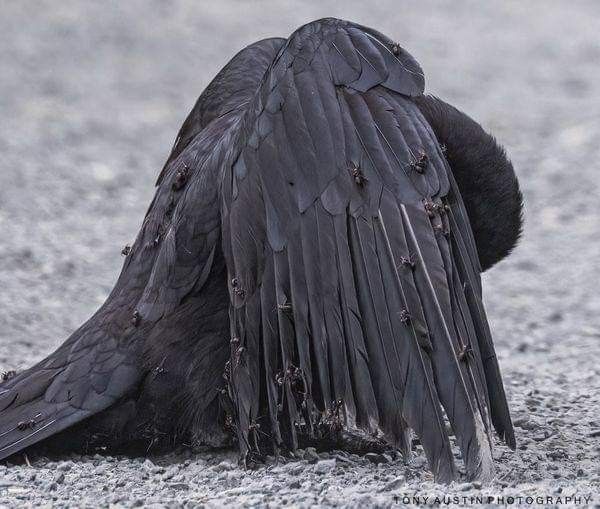
This remarkable behavior, known as “anting,” isn’t exclusive to crows. Ornithologists have observed numerous bird species employing this built-in pharmacy, from jays and starlings to various passerine birds. While some birds actively pick up ants and rub them on their feathers (active anting), others, like the crows described, allow the ants to swarm over them (passive anting).
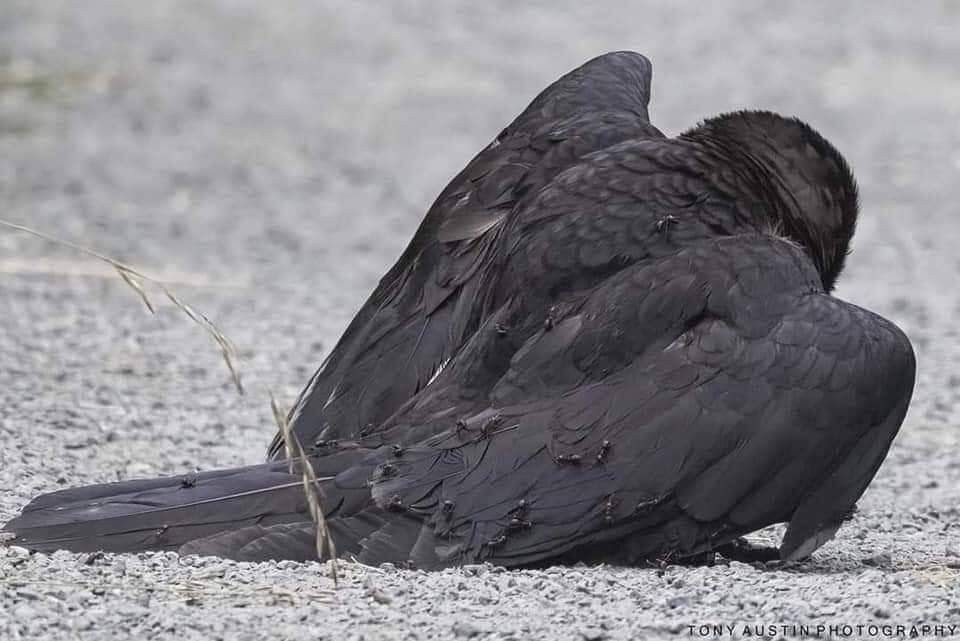
“Anting is a brilliant example of behavioral adaptation,” explains Dr. Lena Karlsson, an avian ethologist at the Institute of Avian Studies. “Birds have, through evolution, discovered and utilized a readily available natural resource for health maintenance. It highlights just how resourceful and resilient wildlife can be.”
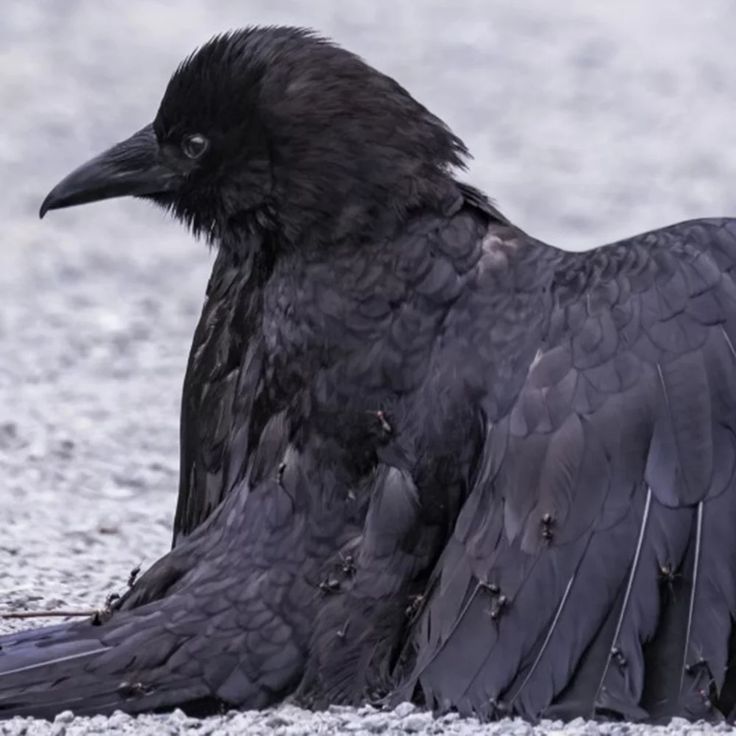
This natural self-medication strategy serves as a powerful reminder that the wild world is packed with intelligent, self-healing strategies and complex interactions that we are still only beginning to understand. It underscores the intricate balance of ecosystems and the surprising ways in which species adapt to their environments for survival and well-being.
For us, it’s a beautiful reminder to pause long enough to observe and appreciate the subtle yet profound wisdom embedded in the natural world. While we rely on modern medicine, nature often has its own ancient, effective cures.











